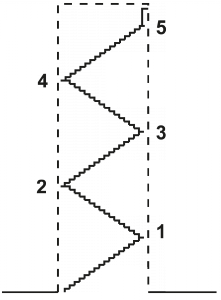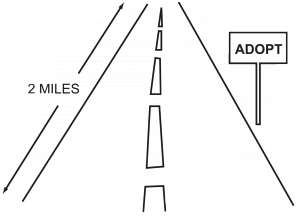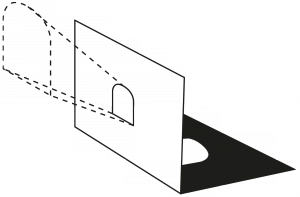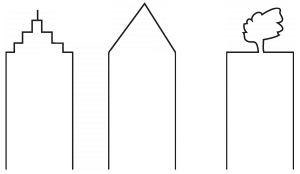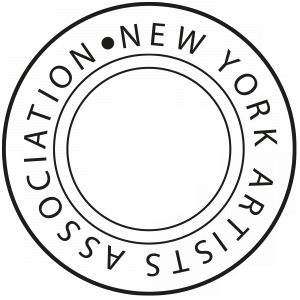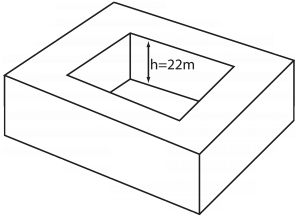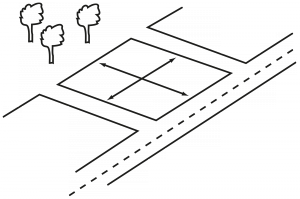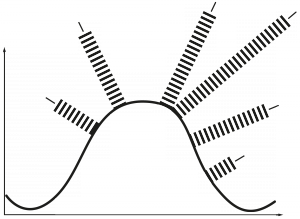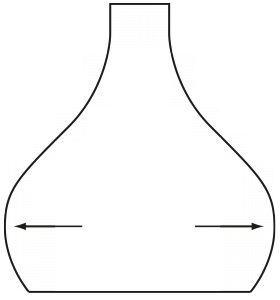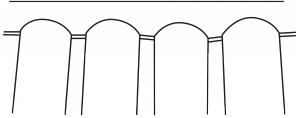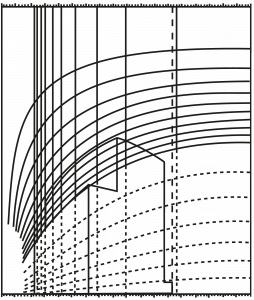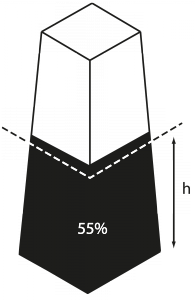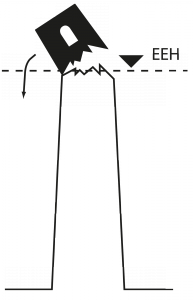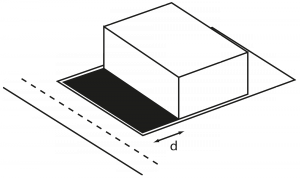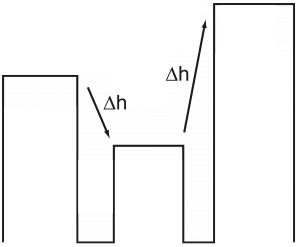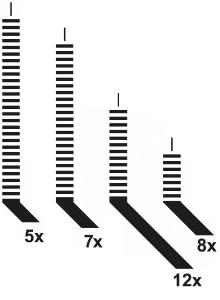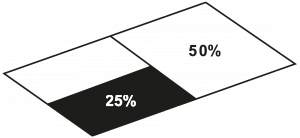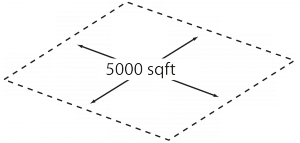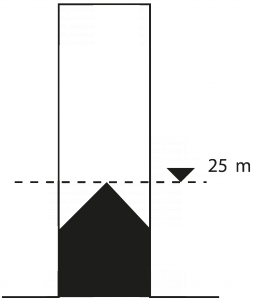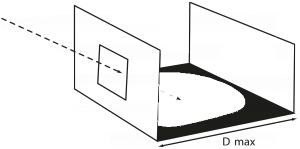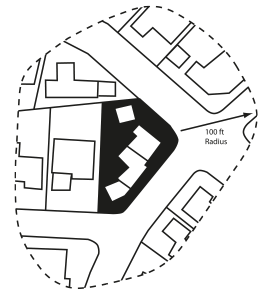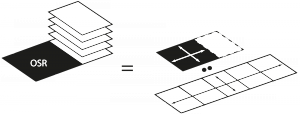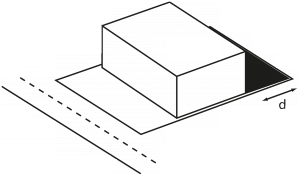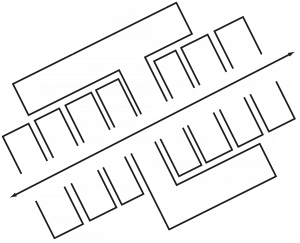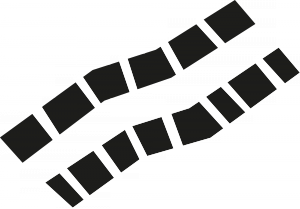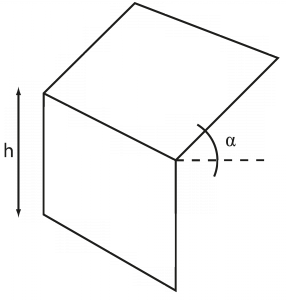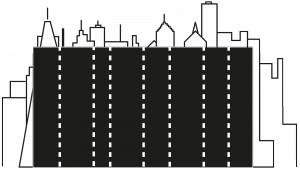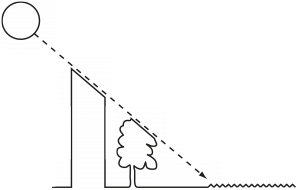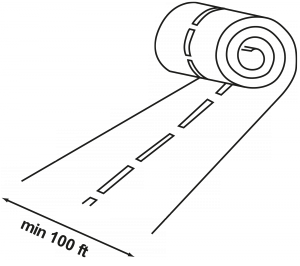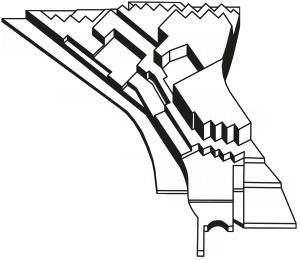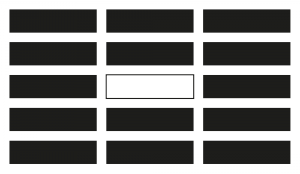Asst. Prof. Dr. Alex Lehnerer
Design Rules and Design With Rules!
Cities as cultural products are neither ‘built’ nor ‘planned,’ at best they are guided and steered in a certain direction. Therefore, rules and regulations are one of the few tools that are actually suitable to guide future development within such collective and complex urban settings.
We strongly believe that the field of (urban) design should not simply adhere to these standards as some neutrally existing context but should actively engage in discussing them in order to make them subject to design as well. read more
Filter rules
Show All-
 Backdrop PreservationDensity and Distribution Regulator, Form Regulator, Height
Backdrop PreservationDensity and Distribution Regulator, Form Regulator, Height -
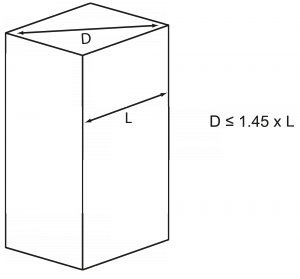 Building BulkDensity and Distribution Regulator, Form Regulator
Building BulkDensity and Distribution Regulator, Form Regulator -
 Common Law of NuisanceProgrammatic Regulation, Form Regulator, Height, Density and Distribution Regulator, Style
Common Law of NuisanceProgrammatic Regulation, Form Regulator, Height, Density and Distribution Regulator, Style -
 Freedom & CoercionHeight, Density and Distribution Regulator, Style, Programmatic Regulation, Form Regulator
Freedom & CoercionHeight, Density and Distribution Regulator, Style, Programmatic Regulation, Form Regulator -
 Glut TendencyProgrammatic Regulation
Glut TendencyProgrammatic Regulation -
 Invisible HandStyle, Programmatic Regulation, Form Regulator, Height, Density and Distribution Regulator
Invisible HandStyle, Programmatic Regulation, Form Regulator, Height, Density and Distribution Regulator -
 Land Preservation
Land Preservation -
 London View ManagementDensity and Distribution Regulator, Form Regulator, Height
London View ManagementDensity and Distribution Regulator, Form Regulator, Height -
 Population to Overall Street LengthDensity and Distribution Regulator
Population to Overall Street LengthDensity and Distribution Regulator -
 Proximity CoercionHeight, Density and Distribution Regulator, Programmatic Regulation, Form Regulator
Proximity CoercionHeight, Density and Distribution Regulator, Programmatic Regulation, Form Regulator -
 Public & Private InterestsStyle, Programmatic Regulation, Form Regulator, Height, Density and Distribution Regulator
Public & Private InterestsStyle, Programmatic Regulation, Form Regulator, Height, Density and Distribution Regulator -
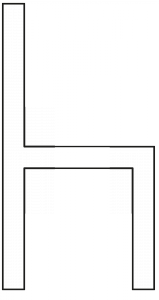 Public Space AcceptanceDensity and Distribution Regulator, Style, Programmatic Regulation
Public Space AcceptanceDensity and Distribution Regulator, Style, Programmatic Regulation -
 Revision CyclesHeight, Density and Distribution Regulator, Style, Programmatic Regulation, Form Regulator
Revision CyclesHeight, Density and Distribution Regulator, Style, Programmatic Regulation, Form Regulator -
 Ridge Line ProtectionForm Regulator, Height, Density and Distribution Regulator
Ridge Line ProtectionForm Regulator, Height, Density and Distribution Regulator -
 Rights to BeautyStyle, Form Regulator, Height
Rights to BeautyStyle, Form Regulator, Height -
 Rule of ThreeHeight, Style, Density and Distribution Regulator
Rule of ThreeHeight, Style, Density and Distribution Regulator -
 Rules and FreedomsHeight, Density and Distribution Regulator, Style, Programmatic Regulation, Form Regulator
Rules and FreedomsHeight, Density and Distribution Regulator, Style, Programmatic Regulation, Form Regulator -
 Scenic Drive ProtectionProgrammatic Regulation, Form Regulator, Height, Density and Distribution Regulator
Scenic Drive ProtectionProgrammatic Regulation, Form Regulator, Height, Density and Distribution Regulator -
 Style RulesStyle, Form Regulator
Style RulesStyle, Form Regulator -
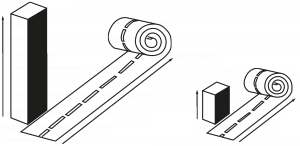 Towers at Primary StreetsHeight, Density and Distribution Regulator, Form Regulator
Towers at Primary StreetsHeight, Density and Distribution Regulator, Form Regulator -
 Where is William ?Density and Distribution Regulator, Form Regulator, Height
Where is William ?Density and Distribution Regulator, Form Regulator, Height
Façade Transparency
In Class I pedestrian streets, at least 60% of ground-level façades must be transparent. Nontransparent surfaces may be no more than 15 ft (4.6 m). For Class II pedestrian streets, transparency must be at least 30%, with utmost 30 ft (9.1 m) of blank façade.



